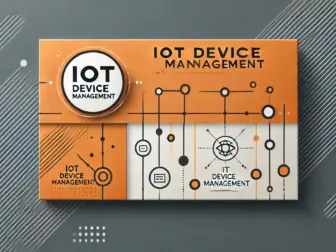Tag - remote device monitoring
Enhancing Efficiency and Security Through Remote Device Monitoring
Remote device monitoring is a crucial component of modern businesses, allowing for real-time oversight of various devices and systems from a centralized location. This technology has become increasingly important as organizations rely more heavily on interconnected devices to streamline operations and enhance productivity.
One of the key benefits of remote device monitoring is the ability to quickly identify and address issues without the need for physical intervention. By continuously monitoring the performance of devices such as servers, computers, and networking equipment, IT teams can proactively detect potential problems before they escalate into major disruptions. This proactive approach helps minimize downtime, improve system reliability, and ultimately save time and resources for the organization.
Furthermore, remote device monitoring plays a crucial role in ensuring the security of a company’s network and data. With the increasing prevalence of cyber threats and data breaches, organizations must maintain a vigilant stance in protecting their sensitive information. Remote monitoring allows IT teams to closely monitor network traffic, identify suspicious activities, and promptly respond to security incidents. By implementing automated alerts and notifications, IT professionals can proactively address security vulnerabilities before they are exploited by malicious actors.
In addition to enhancing security and reducing downtime, remote device monitoring also offers valuable insights into the performance of IT infrastructure. By analyzing data collected from monitored devices, organizations can gain a better understanding of usage patterns, identify areas for optimization, and make informed decisions about resource allocation. This data-driven approach enables organizations to maximize the efficiency of their IT systems, improve overall performance, and enhance the user experience.
Moreover, remote device monitoring can help organizations comply with regulatory requirements and industry standards. Many regulations, such as GDPR and HIPAA, mandate strict data protection measures and require organizations to demonstrate compliance through regular monitoring and auditing. By implementing remote monitoring solutions, organizations can ensure continuous compliance with these regulations, avoid costly penalties, and maintain the trust of their customers and stakeholders.
Overall, remote device monitoring is a critical tool for modern businesses looking to enhance efficiency, security, and compliance. By proactively monitoring and managing their IT infrastructure, organizations can minimize downtime, improve performance, and mitigate security risks. As technology continues to evolve and businesses become increasingly reliant on interconnected devices, remote monitoring will only grow in importance as a fundamental component of IT management.
